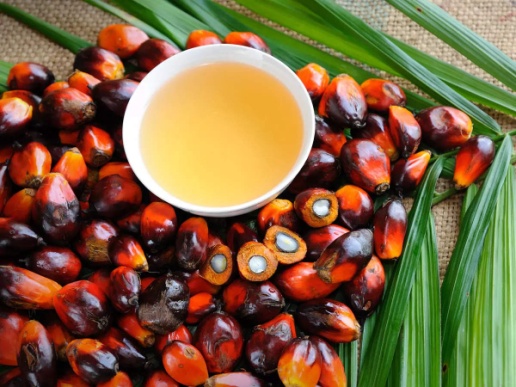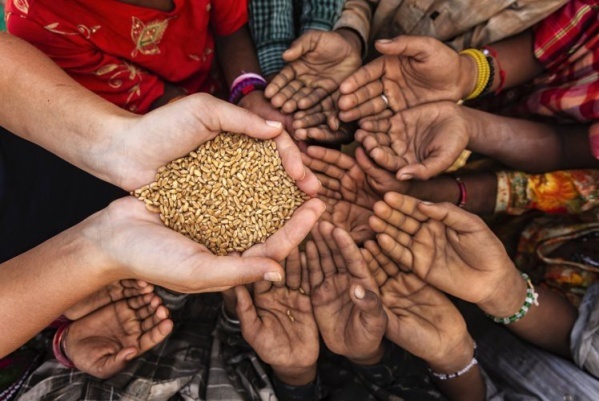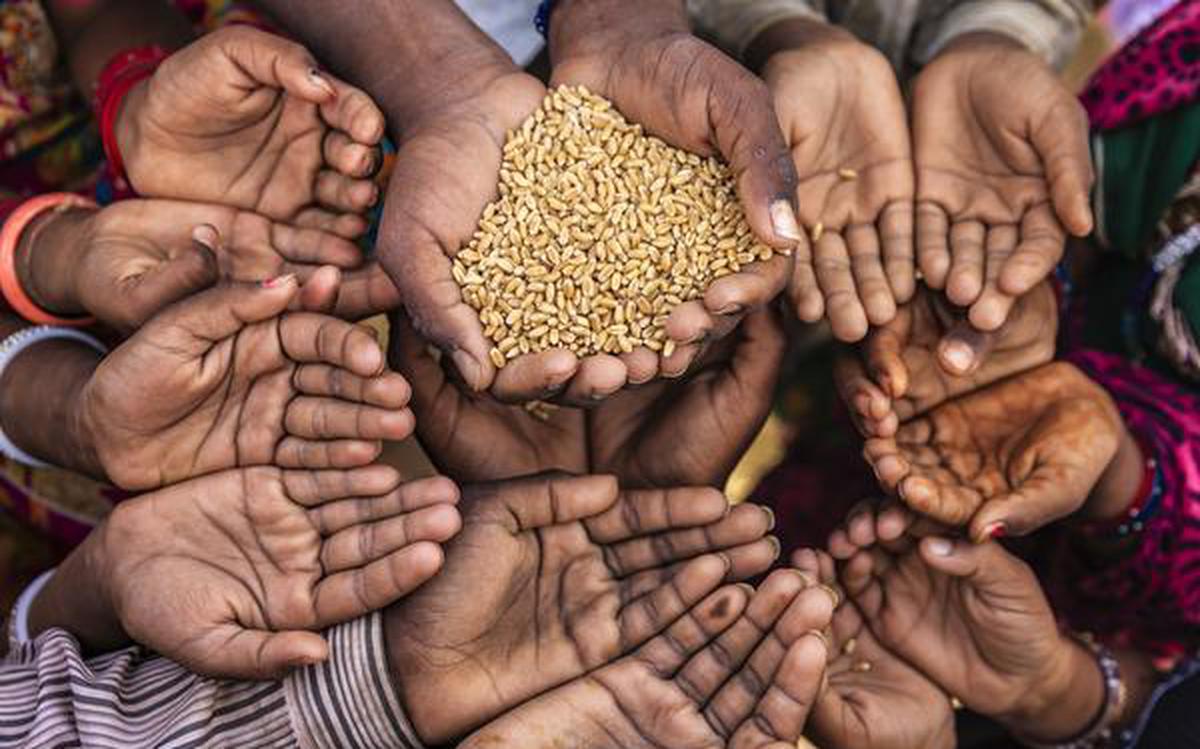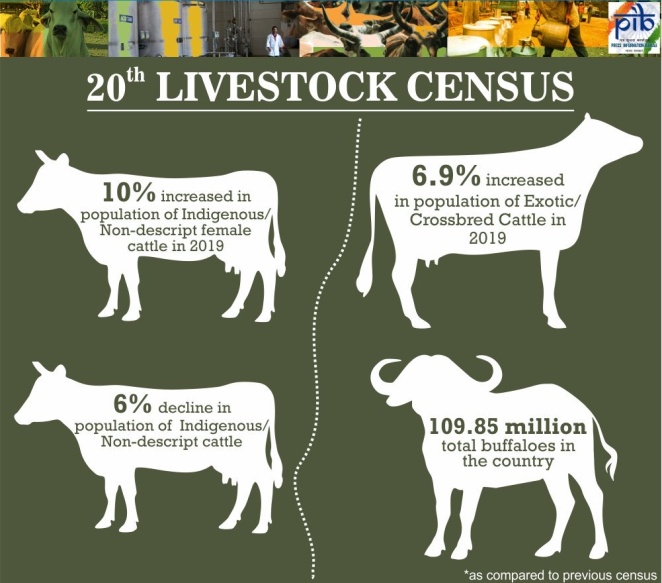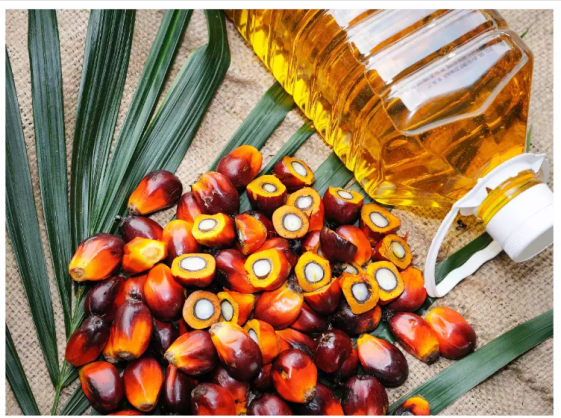Description
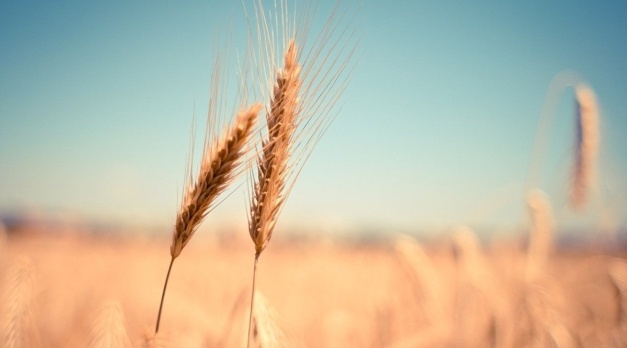
Disclaimer: Copyright infringement not intended.
Context
- The government has announced some relaxation to its order issued by Directorate General of Foreign Trade (DGFT), Department of Commerce on restricting wheat exports.
Background
- The Government had prohibited export of wheat in view of the sudden spike in prices of wheat in the domestic market.
|
The impact of Russia's 2022 invasion of Ukraine on Global Wheat Production
Russia and Ukraine together account for nearly 30% of the global wheat trade. As a result, Russia's 2022 military invasion of the Ukraine sent global wheat prices soaring, with Ukraine's production ability compromised and many countries restricting or shutting down trade relations with Russia. Russia is also a major supplier of fertilizer, which is vital to maximizing crop yields. Ukraine's wheat exports plunged after the Russian invasion. Russia’s invasion of Ukraine destroyed infrastructure and closed ports. The cost of everything has risen in recent months as wheat prices soared on world commodity markets. The U.N.’s international Food Price Index rose to an all-time high in February, 2022.
|
- The Bharatiya Kisan Union (BKU), the leading farmers union had alleged that the traders began hoarding wheat sensing export opportunity in the international market as the Russian attack on Ukraine crippled the Ukraine’s agriculture sector.
- Absence of Ukraine's wheat created a vacuum that the hoarders hoped to fill with Indian wheat.
- The Government did not act to stop the private traders from hoarding, but got alarmed when prices went up because of fear of scarcity in the domestic market.
- The ban on exports thus aimed to provide a clear direction to the wheat market to prevent hoarding of wheat supplies.
- Government of India had restricted wheat exports to manage the overall food security situation in India and to support the needs of neighbouring and vulnerable countries that are adversely affected by the sudden changes in the global market for wheat and are unable to access adequate wheat supplies.
- The order served three main purposes:
- Ensure India’s food security and check inflation,
- It helps other countries facing food deficit, and
- It maintains India’s reliability as a supplier.
Before the ban, India had aimed to ship a record 10 million tonnes of wheat this year.
Implications
- India’s decision of ban on exports has been criticized by agriculture ministers from the Group of Seven (G7) nations meeting in Germany. Contention: If everyone starts to impose export restrictions or to close markets, that would worsen the crisis.
New Relaxations
- The Indian Government has decided that wherever wheat consignments have been handed over to Customs for examination would be allowed to be exported.
- The government also allowed a wheat consignment headed for Egypt, which was already under loading at the Kandla port.
- The DGFT sent a communication to all its regional authorities and Customs Commissionerates informing them about the relaxations.
Wheat
- Wheat is a Rabi Crop grown between September and December and harvested between February and May.
- The total area under the crop is about 29.8 million hectares in the country.
- In 2020, wheat production for India was 107,860 thousand tonnes. Wheat production of India increased from 23,832 thousand tonnes in 1971 to 107,860 thousand tonnes in 2020 growing at an average annual rate of 3.42%.
- Indian wheat is largely a soft/medium hard, medium protein, white bread wheat, somewhat similar to U.S. hard white wheat.
- Durum wheat, often known as pasta wheat or macaroni wheat is also one of the best quality wheat variety in India.
Climate requirement
- Wheat crop has wide adaptability. It can be grown not only in the tropical and sub-tropical zones, but also in the temperate zone and the cold tracts of the far north, beyond even the 60 degree north altitude.
- Wheat can tolerate severe cold and snow and resume growth with the setting in of warm weather in spring .
- It can be cultivated from sea level to as high as 3300 meters.
- The best wheat are produced in areas favored with cool, moist weather during the major portion of the growing period followed by dry, warm weather to enable the grain to ripen properly.
- The optimum temperature range for ideal germination of wheat seed is 20-25 C though the seeds can germinate in the temperature range 5 to 35 c.
- Rains just after sowing hamper germination and encourage seedling blight. Areas with a warm and damp climate are not suited for wheat growing.
- During the flowering stages, excessively high or low temperatures and drought are harmful to wheat.
- Wheat plant requires about 14-15 c optimum average temperature at the time of ripening.
Soil
- Soils with a clay loam or loam texture, good structure and moderate water holding capacity are ideal for wheat cultivation.
- Heavy soils with poor structure and poor drainage are not suitable as wheat is sensitive to water logging.
To sum up wheat requires a combination of factors including cool climate with moderate rainfall, flat and well drained plain areas, fertile friable loam and heavy inputs in the form of irrigation, HYV seeds, fertilizers and mechanization.
Areas of Cultivation
- Major wheat growing states in India are Uttar Pradesh, Punjab, Haryana, Madhya Pradesh, Rajasthan, Bihar and Gujarat.
- Punjab emerged as the biggest wheat producer state in 2021. Punjab is called the Wheat Bowl of India.
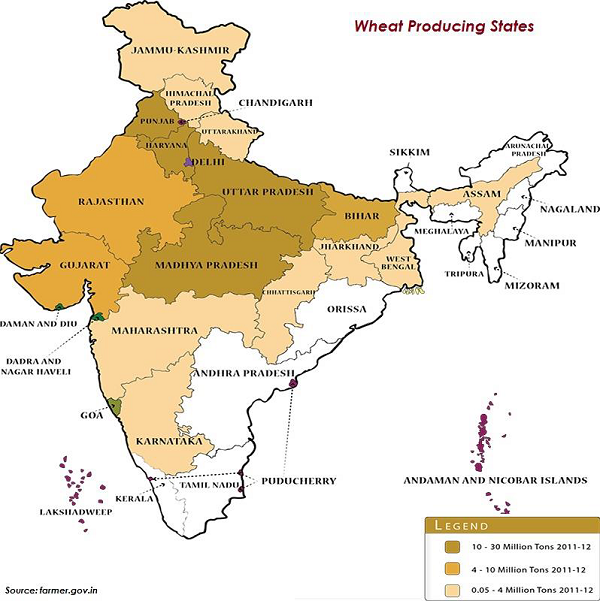
Production
- India is the second largest producer of wheat with a share of around 14.14 per cent in the world's total production in 2020.
- India produces around 107.59 million tonne of wheat annually while a major chunk of it goes towards domestic consumption.
- China, India, and Russia are the three largest individual wheat producers in the world, accounting for about 41% of the world’s total wheat production.
- The soil and climate of Prairies are the most suitable for the cultivation of wheat and maize. So the production of wheat is so large that USA exports surplus wheat to other countries. Therefore, the Prairies of North America are called 'Wheat basket of the world'.
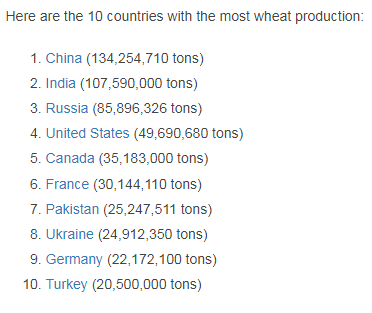
Wheat Exports
- India's wheat exports increased to USD 1.74 billion in April-January 2021-22.
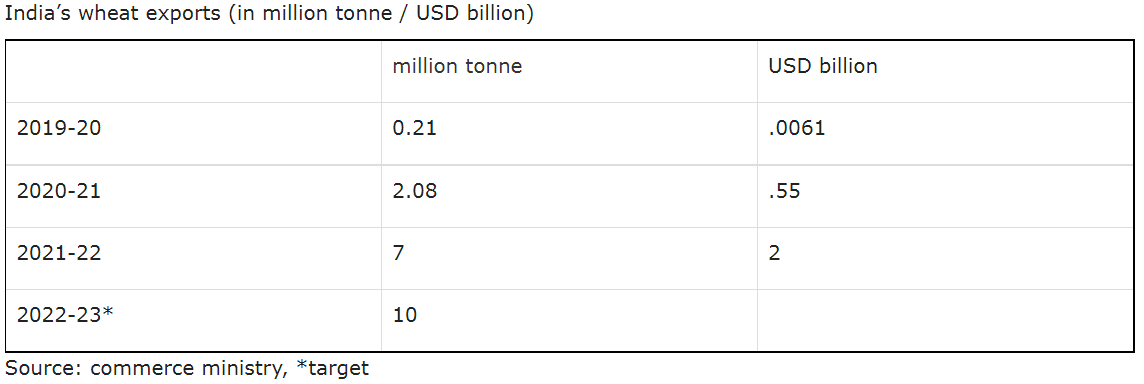
- India's wheat exports are mainly to neighboring countries with Bangladesh having the largest share of more than 54 per cent in both volume and value terms in 2020-21.
- India has entered new wheat markets such as Yemen, Afghanistan, Qatar and Indonesia.
- The top ten countries importing Indian wheat in 2020-21 were Bangladesh, Nepal, the United Arab Emirates, Sri Lanka, Yemen, Afghanistan, Qatar, Indonesia, Oman and Malaysia.
- India accounts for less than 1 per cent in the world's wheat export.
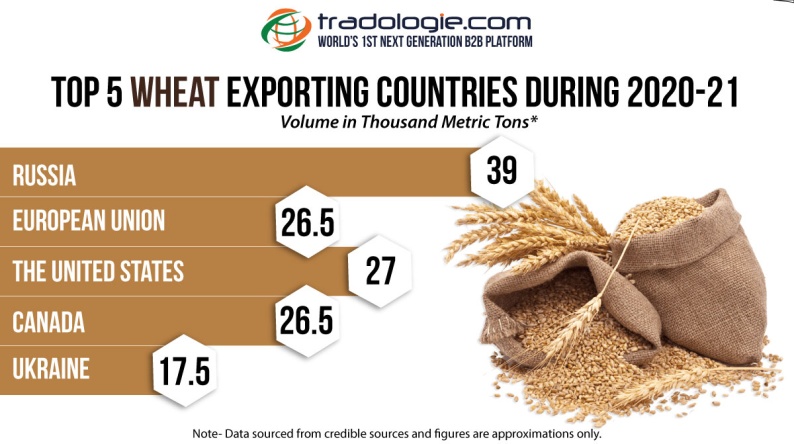
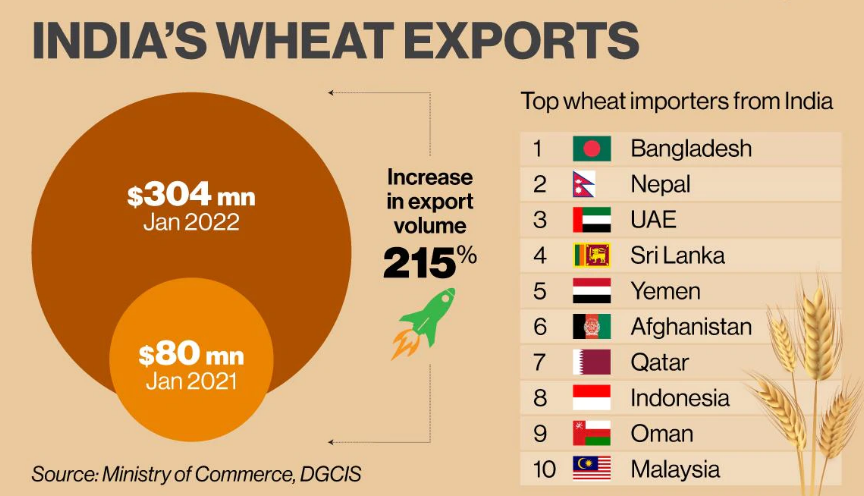
https://www.pib.gov.in/PressReleasePage.aspx?PRID=1825991












